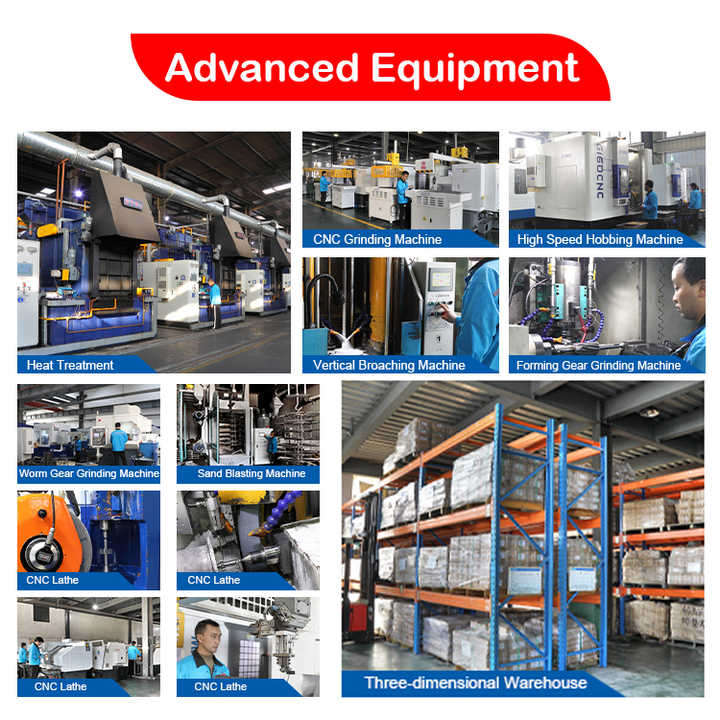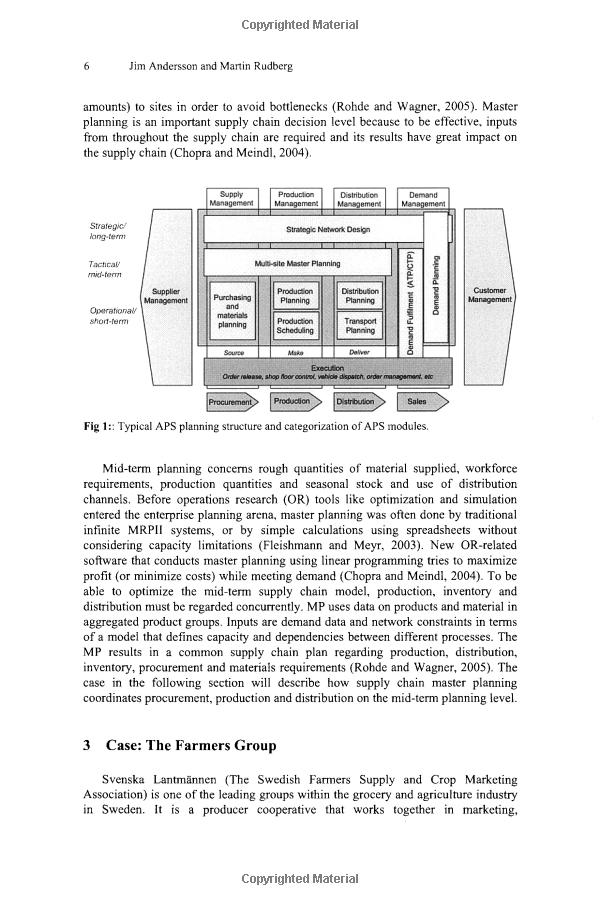Design of Mechanical Hardware Components: An Overview of the Industry
Mechanical hardware components are essential elements of engineering and manufacturing industries. They play a critical role in various applications, including aerospace, automotive, medical, and construction. The design of these components requires an understanding of their mechanical properties, material selection, and assembly techniques. In this article, we provide an overview of the mechanical hardware component industry, highlighting key trends and developments in design, production, and technology. We discuss the challenges faced by designers and manufacturers in creating components that meet stringent performance standards while maintaining reliability and cost-effectiveness. We also examine emerging technologies such as 3D printing, artificial intelligence, and robotics, which are revolutionizing the design and production process. Finally, we highlight the importance of collaboration between engineers, designers, and other stakeholders to ensure successful product development and deployment. By providing a comprehensive overview of the industry and its key challenges and opportunities, this article aims to inform readers about the latest trends and developments in mechanical hardware component design and offer insights into how they can adapt to changing market demands.
Introduction
Mechanical hardware components play a crucial role in various industries, including automotive, aerospace, construction, and manufacturing. Their design is critical to ensuring the functionality, safety, and efficiency of these systems. This article provides an overview of the design process for mechanical hardware components, covering key aspects such as materials selection, geometry optimization, and performance testing.
Material Selection
The choice of material is one of the most critical factors in the design of mechanical hardware components. The material must meet specific requirements, such as strength, durability, corrosion resistance, and cost. Some commonly used materials include steel, aluminum, plastics, and composites. Each material has its advantages and disadvantages, depending on the application and budget.

For example, steel is a widely used material due to its strength and affordability. It can be formed into various shapes and sizes to accommodate different component geometries. However, it is susceptible to rust and may require regular maintenance. On the other hand, aluminum is lightweight and resistant to rust, making it ideal for applications where weight reduction is important. But it can be more expensive than steel and may not provide the same level of strength.
Geometry Optimization
The shape and size of mechanical hardware components play a significant role in their performance. By optimizing the geometry, manufacturers can achieve improved load-bearing capacity, reduced friction, and increased efficiency. There are several techniques used for geometry optimization, including computational fluid dynamics (CFD), finite element analysis (FEA), and stress analysis.
CFD is a computer-based approach that simulates the flow of fluids or gases around a component to predict its performance under different conditions. FEA is another technique that uses mathematical models to analyze the behavior of materials under stress. Stress analysis involves measuring the force applied to a component and calculating its ability to withstand that force without failure.

Performance Testing
Once the geometry of a mechanical hardware component has been optimized, it must undergo rigorous performance testing to ensure that it meets specified requirements. Performance testing includes various measures such as load-bearing capacity, vibration analysis, fatigue life prediction, and thermal conductivity evaluation. These tests help to identify any weaknesses in the component's design and provide valuable information for future iterations.
Load-bearing capacity testing measures how much weight a component can support before it begins to deform or fail. Vibration analysis examines how a component responds to vibration loads generated by machinery or transportation systems. Fatigue life prediction predicts how long a component can withstand cyclic loading before it fails due to wear and tear. Thermal conductivity evaluation assesses how well a component conducts heat away from its interior surface, which is important in applications such as散热 systems and electrical components.
Conclusion

Designing effective mechanical hardware components requires a combination of technical expertise and creative problem-solving skills. By carefully selecting materials, optimizing geometry, and performing thorough performance testing, manufacturers can create components that meet specific requirements and improve system performance. As technology continues to advance, so too will the design capabilities of mechanical hardware components, providing even greater opportunities for innovation in various industries.
Articles related to the knowledge points of this article:
Sofa Hardware Fittings: A Comprehensive Guide
Import of Hardware Accessories
The rise of hardware accessory boxes: a journey from necessity to convenience
Sales of Hardware Accessories: A Comprehensive Guide
Title: A Comprehensive List of Jilin Hardware Suppliers for Industrial Applications
Title: The Significance of Customized Metal Components in Various Industries



